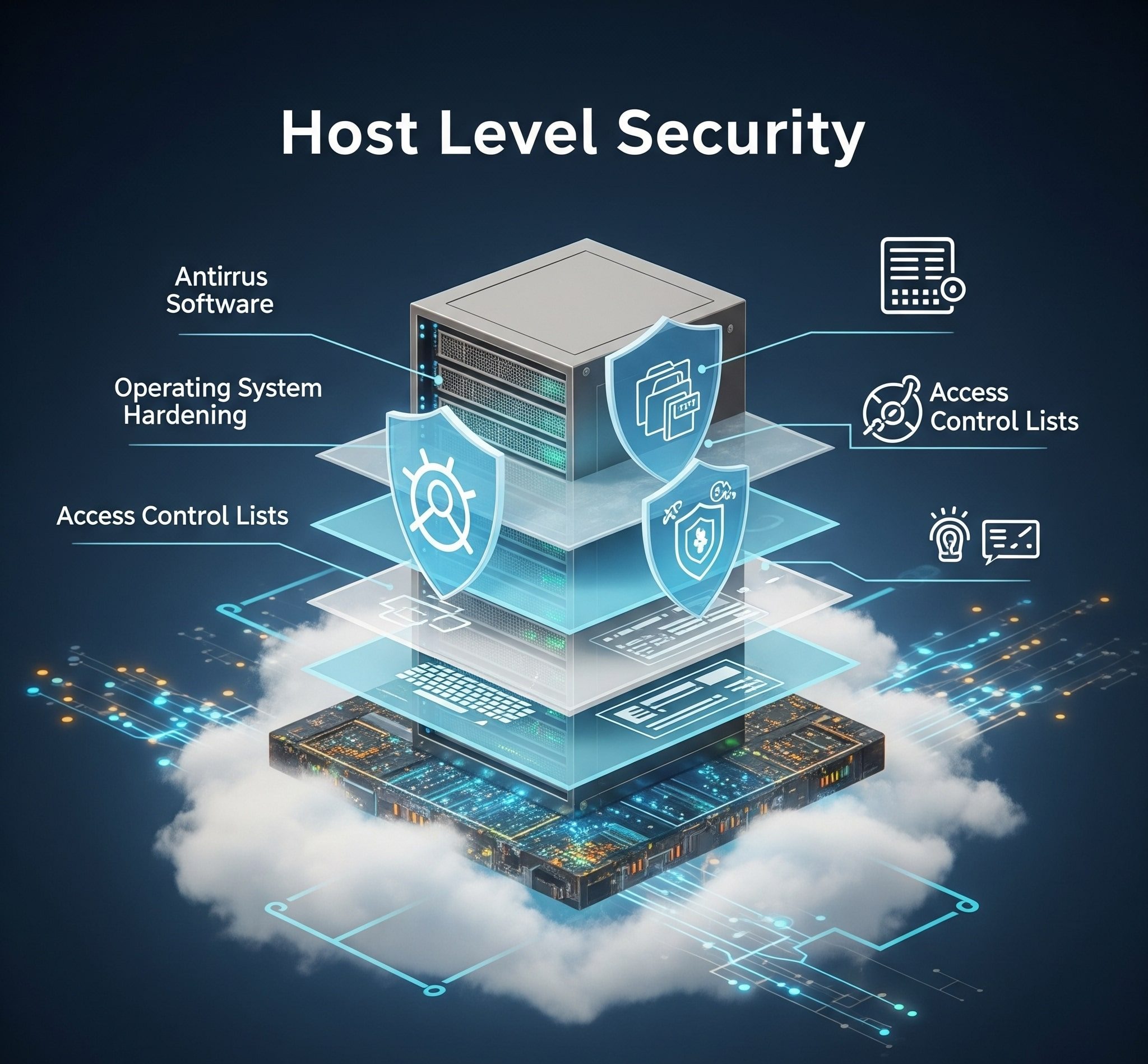
In the realm of cloud computing, host level security stands as a critical safeguard against cyber threats. As businesses increasingly migrate to cloud environments, understanding and implementing effective host level security measures becomes paramount. This article delves into the importance of host level security and provides actionable insights for securing your cloud infrastructure.

Importance of Host Level Security
Host level security refers to protecting individual servers or virtual machines (VMs) within a cloud environment. Unlike network security which focuses on perimeter defense, host level security operates at the operating system (OS) and application level. This granular approach is essential in mitigating risks such as unauthorized access, malware infections, and data breaches.
Key Components of Host Level Security
1. Strong Authentication Mechanisms
Implementing multi-factor authentication (MFA) and robust password policies enhances access control, reducing the risk of unauthorized entry.
2. Regular Security Updates and Patch Management
Timely installation of OS patches and updates mitigates vulnerabilities that malicious actors exploit. Automated patch management tools streamline this process effectively.
3. Anti-malware and Antivirus Solutions
Deploying reputable anti-malware software safeguards against malicious code, offering real-time threat detection and remediation.
4. Encryption Protocols
Utilizing strong encryption algorithms for data at rest and in transit ensures confidentiality and integrity, protecting sensitive information from unauthorized interception.
5. Monitoring and Logging
Continuous monitoring of host activities and logging security events provides visibility into potential threats, enabling prompt incident response and forensic analysis.
Best Practices for Implementing Host Level Security
1. Access Control
Restricting administrative privileges and employing the principle of least privilege minimizes exposure to security risks.
2. Auditing and Compliance
Conducting regular security audits and adhering to industry compliance standards (e.g., GDPR, HIPAA) ensures adherence to best practices and regulatory requirements.
3. Incident Response Planning
Developing and testing incident response plans prepares organizations to effectively mitigate and recover from security breaches.
4. Employee Training and Awareness
Educating personnel on cybersecurity best practices fosters a culture of security awareness, reducing human errors that could compromise host security.
Conclusion
In conclusion, host level security in cloud computing is not merely an option but a necessity in safeguarding sensitive data and maintaining operational continuity. By implementing robust security measures at the host level, businesses can bolster their defenses against evolving cyber threats. Stay proactive, stay secure!
Implementing these strategies ensures that your cloud infrastructure remains resilient against cyber threats, providing a secure environment for your business operations. By prioritizing host level security, organizations can leverage the full potential of cloud computing while safeguarding their critical assets.

Leave a Reply